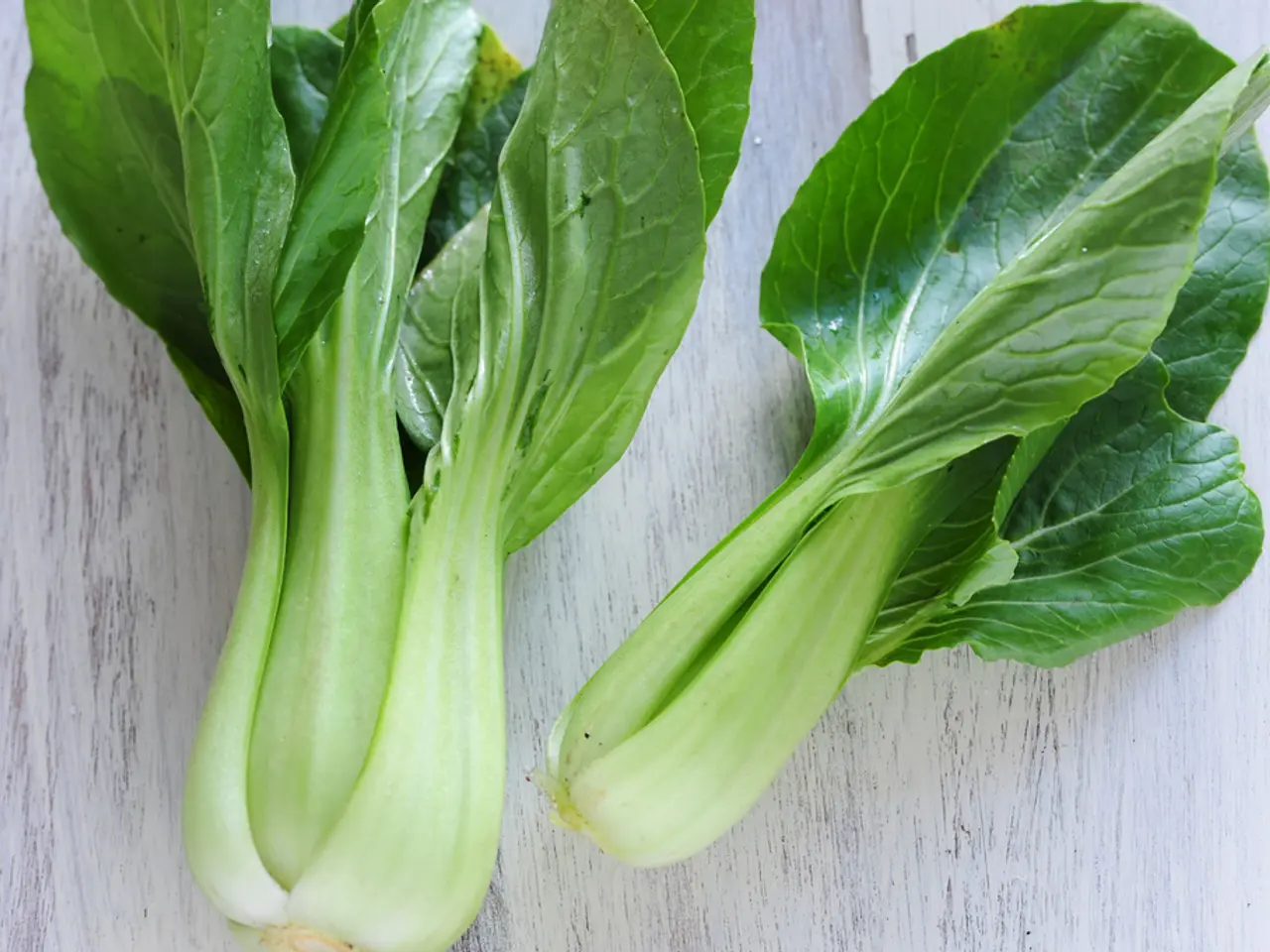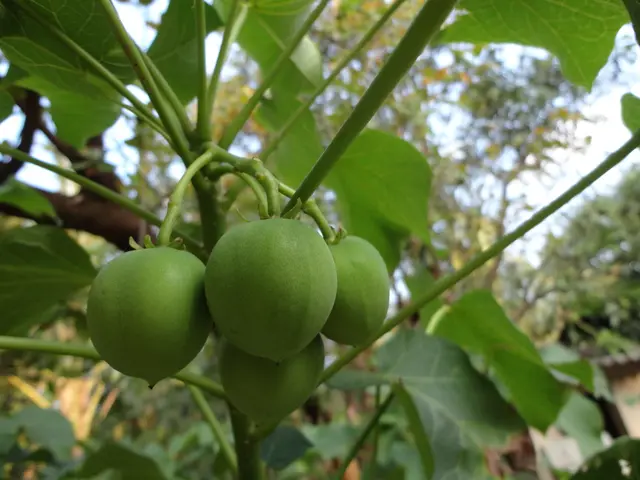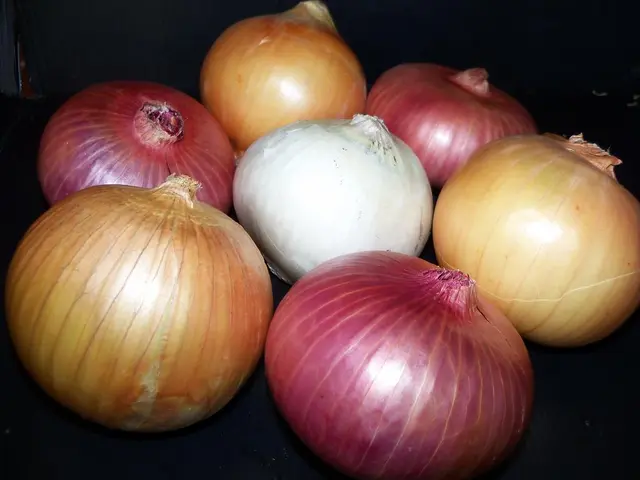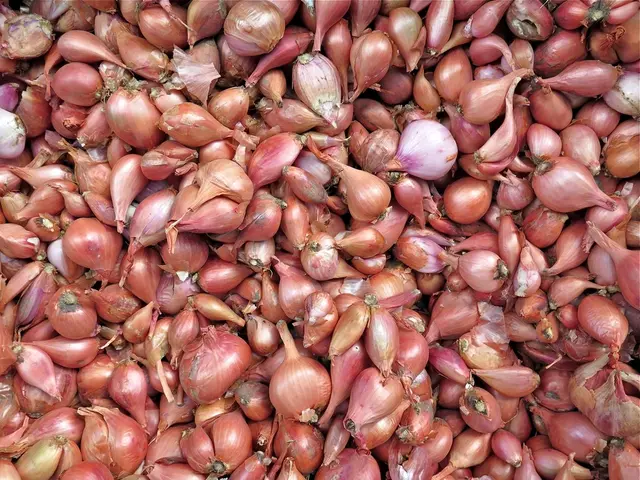Spring Vegetable & Flower Planting Guide: Choosing Perfect Plants for a Vibrant Summer Garden in March
Springtime? Time for Gardening!
April showers may bring May flowers, but March is the true gardener's month. As the cold days pull back and warmer temperatures creep in, it's high time to get planting for a lush and fruitful garden. Soak up the season to cultivate a variety of vegetables, flowers, and herbs to transform your outdoor space.
What to Plant in March
March is the perfect moment to sow cool-season crops and start warmer-season veggies indoors. Leafy greens such as lettuce, spinach, kale, Swiss chard, and radishes are ideal for direct sowing into the rich soil. If you want to harvest at the peak of freshness, opt for quick-growing radishes.
Warm-season vegetables such as tomatoes, peppers, and eggplants require a little more patience. Start these babies indoors in March so they'll get a leg up when transplanted outdoors later. Don't forget about delicious options like cucumbers, squash, melons (in warmer climates), and herbs like basil, parsley, oregano, thyme, and more.
Add Some Color to Your Garden
Bring the beauty to your backyard by incorporating flowers into your garden. A sprinkle of pansies, petunias, marigolds, snapdragons, sweet peas, and more, helps seamlessly attract pollinators such as butterflies and bees while adding a pop of color to your space.
Herbs for the Win
Pro tip: Fresh herbs not only add a kick to your meals but require minimal effort to grow. Plant hardy herbs like chives, rosemary, oregano, thyme, sage directly into the soil, or start more tender herbs like basil, cilantro, dill, mint, and tarragon indoors or in containers for a continuous harvest all season long.
Garden Tips For March
- Prepare the Soil: Add compost and organic matter to the soil to create the best environment for your plants.
- Mulch Away: Cover your early plantings with mulch to keep the moisture locked in and suppress weeds.
- Stay Weather Wise: Determine if your tender plants need protection from unexpected frosts with row covers or cloches.
- Hydrate, Hydrate, Hydrate: Water consistently to keep the soil evenly moist and ensure the optimum growth for your plants.
March is a fantastic month to get your gardening on. With the right balance of indoor seed-starting and outdoor sowing, you'll have a lush, multicolored, and delicious garden for the whole spring season! Embrace the beginning of the growing season, and watch your gardens thrive and bloom glory. Happy gardening!
Enrichment Data:- Spring Onions: They're hardy, grow well through summer, and can be started as soon as soil temperatures are above 20°F (about -6.7°C).- Peas: Perfect for direct sowing outdoors in early spring, they like cooler weather and can provide early harvests.- Broccoli, Cabbage, Cauliflower, Onions, and Leeks: Best started indoors in March to be transplanted outdoors later for a strong growing season.- Cool-season Flowers: Pansies and snapdragons add early color and flourish in cooler temperatures typical of March planting.- Basil and Parsley: Start seeds indoors or plant transplants in a sunny spot, pinching back basil encourages bushier growth.- Dill: Sow seeds directly outdoors as it prefers cooler weather and can be started early in the season.- By starting heat-loving plants indoors and sowing cool-tolerant crops directly outdoors, you can maximize your garden’s productivity through an extended growing season. Early spring planting of the above vegetables, flowers, and herbs is especially effective in USDA hardiness zones around 6 and 7, which see mild to moderate early spring conditions conducive to cool-season crops.
- Start Sowing Lush Cool-Season Crops: With March comes the perfect opportunity to sow cool-season crops like lettuce, spinach, kale, Swiss chard, and radishes, directly into the enriched soil of your home-and-garden for a vibrant harvest.
- Brighten Your Home-and-Garden with Springtime Blooms: Introduce color to your outdoor space by planting cool-season flowers such as pansies and snapdragons, which will bloom beautifully in the garden, attracting pollinators like butterflies and bees.








